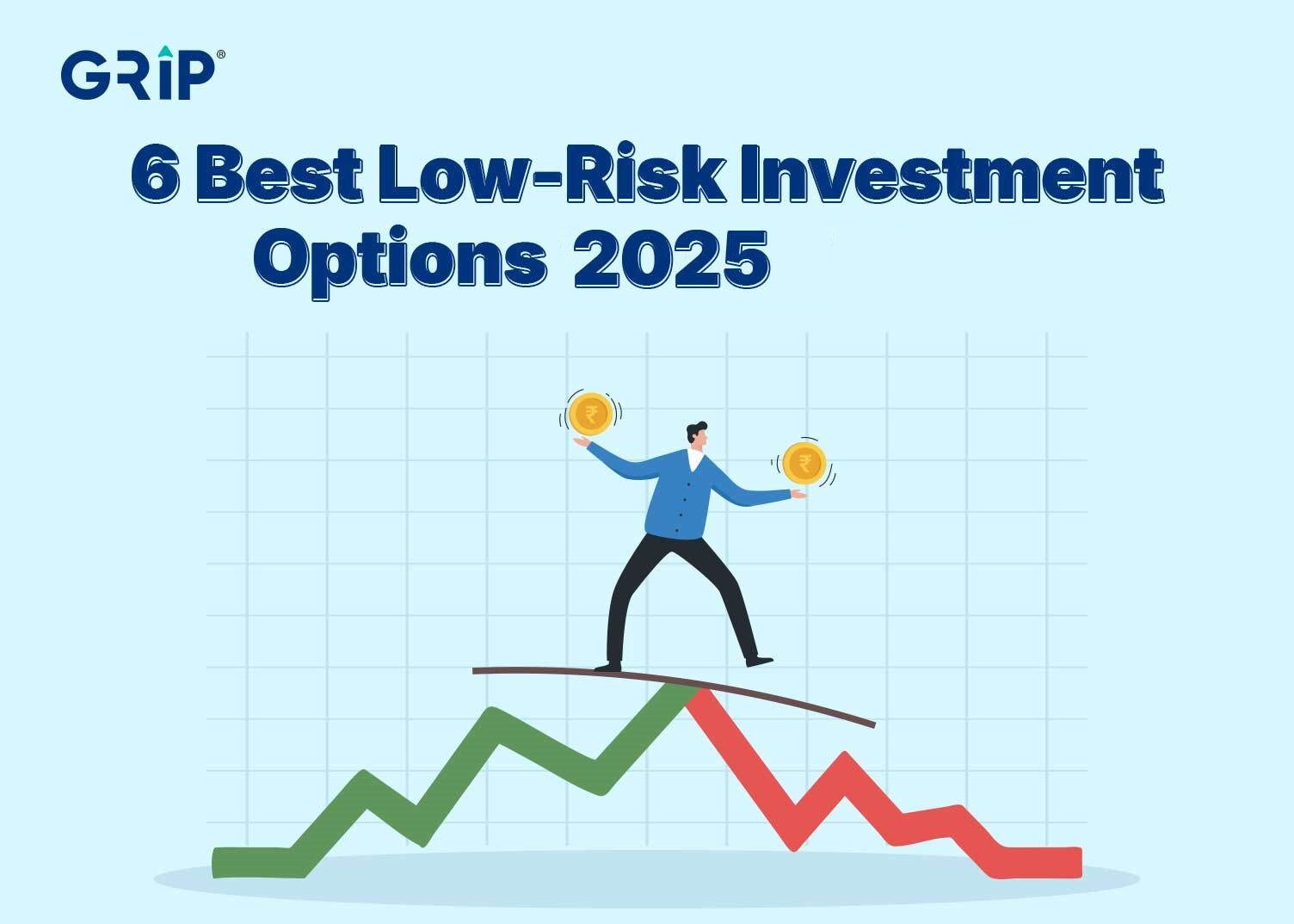For investors who value stability over aggressive growth, low-risk investments are often the safest path to preserving wealth while still earning steady returns. These options may not deliver dramatic gains, but they provide reliability, security, and peace of mind—three qualities every conservative investor should prioritize. Let’s explore the five most suitable low-risk investment choices for U.S. investors today, along with a quick comparison guide.
Certificates of Deposit
Certificates of Deposit, or CDs, are one of the most straightforward low-risk investments. By locking in money for a set period with a bank or credit union, investors receive a guaranteed rate of interest. The predictability makes CDs especially appealing for short- to medium-term goals. For example, depositing $10,000 in a one-year CD at 4.5% ensures a fixed return with no exposure to market fluctuations. While the main drawback is reduced liquidity—funds are generally tied up until maturity—using CD “ladders” with staggered terms can help balance safety with access.
U.S. Treasury Securities
Treasuries, issued and backed by the federal government, remain one of the safest investment vehicles globally. Whether it’s Treasury bills for the short term, notes for the medium term, or bonds for the long term, these securities provide fixed, predictable returns. A 10-year Treasury bond yielding 4% may not sound exciting compared to equities, but it delivers stability that is difficult to match. Treasury Inflation-Protected Securities (TIPS) also add a layer of protection by adjusting returns in line with inflation, making them valuable for long-term wealth preservation.
Money Market Accounts
Money market accounts serve as a bridge between savings and investments. They are insured, accessible, and offer modestly higher yields than standard savings accounts. Many banks also provide limited check-writing privileges, making them useful for investors who need both security and flexibility. These accounts are particularly well-suited for emergency funds or short-term cash reserves, where the emphasis is more on liquidity than on maximizing returns.
Municipal Bonds
Municipal bonds, often called “munis,” are issued by state and local governments to finance public projects such as schools, hospitals, or highways. Their appeal lies in both safety and tax advantages. Many municipal bonds provide interest income that is exempt from federal income tax, and in some cases, state taxes as well. For high-income investors, the tax savings alone can make municipal bonds more attractive than taxable bonds with higher yields. While not entirely risk-free, especially in the case of smaller municipalities, well-rated general obligation bonds remain a cornerstone of conservative, income-focused portfolios.
Dividend-Paying Blue-Chip Stocks
Although equities inherently carry more risk than fixed-income products, certain blue-chip stocks with strong balance sheets and consistent dividend histories can be reliable, low-risk holdings. Companies such as Johnson & Johnson, Procter & Gamble, and Coca-Cola have weathered decades of market cycles while continuing to pay—and often raise—dividends. For conservative investors, the combination of steady income and moderate potential for capital appreciation provides a sensible way to gain exposure to the stock market without excessive volatility.
Quick Comparison Guide
| Investment Option | Risk Level | Return Potential | Liquidity | Best For |
|---|---|---|---|---|
| Certificates of Deposit | Very Low | Fixed, modest | Low (funds locked until maturity) | Short- to medium-term savings |
| U.S. Treasuries | Very Low | Fixed, modest | Medium (can be sold, but safest at maturity) | Long-term wealth preservation, inflation protection with TIPS |
| Money Market Accounts | Very Low | Modest, variable | High | Emergency funds, short-term cash needs |
| Municipal Bonds | Low | Tax-advantaged income | Medium (secondary market possible) | High-income investors seeking tax efficiency |
| Dividend Blue-Chips | Moderate | Income + growth | High | Conservative equity exposure with dividends |
Final Thoughts
For conservative investors, the goal isn’t to chase maximum returns but to build a portfolio that aligns with comfort levels and long-term security. A balanced approach—perhaps combining the guaranteed returns of CDs, the safety of Treasuries, the liquidity of money markets, the tax efficiency of munis, and the steady dividends of blue-chip stocks—creates both stability and modest growth. The right mix depends on your personal financial goals, time horizon, and tolerance for even small amounts of risk.
